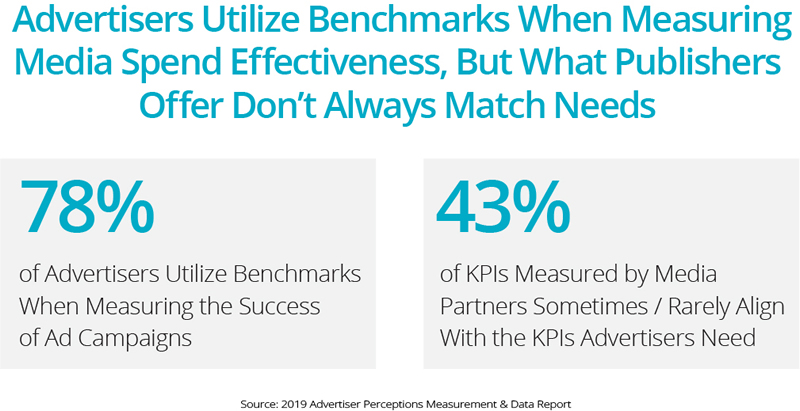Data, data, data – much more than many advertisers know what to do with – is exploding over the media landscape. For the past several years, we’ve been looking at how all this data can help – or hurt – media seller’s efforts to win ad budgets. Not surprisingly, we’ve discovered that the ready availability of data is both an opportunity and an obstacle.

You can watch our webcast on Data & Measurement here… WEBCAST
The opportunities that rise from data are clear. But to really learn and grow, we need to dig into the obstacles. If we understand how data presents problems, we can eventually find processes or technology that solves these problems.
Based on our research, advertisers report three primary challenges with data: privacy, accuracy and actionability.
What makes data privacy so hard?
1. On one hand, advertisers are like most other consumers and want to protect their personal info; professionally, however, they want access to as much of it as possible. This paradox makes the privacy issue murky. It’s hard to know the way forward.
2. Laws are new and changes are everywhere. Data privacy regulation today is a toddler: Staggering toward the cat with sticky hands, attracting lots of attention as it makes progress. While GDPR and CCPA have put us on the right track, many advertisers might still be waiting for things to settle.
What makes accuracy so hard?
1. The only way to know what’s in a consumer’s head is to ask them. We infer, construe and assume based on actions that people take. So maybe we deliver an ad for auto financing to someone who visited a Volvo website, but that person was a lawyer doing research on a case and has no interest in purchasing a car. It’s easy to get it wrong.
2. According to our recent reporting, there’s data loss and error in the supply chain. From targeting source data to lookalike modeling, loss of accuracy happens at every point. At the end of the targeting journey, we might have lost as much as 93% of our original accuracy.
What makes actionability so hard?
1. Much data is stored in silos and it’s hard to bring it together in a meaningful way so you can draw insights from it and figure out what to do. It’s difficult to get a singular, clear view of the consumer in order to figure out what actions make the most sense.
2. On a related note but slightly different, the various marketing teams in a company may have different goals. So they pull in data to measure those goals without regard to whether related data might help other marketers on their team. For example, the email campaign team is focused on open rates and engagement. The programmatic team is thinking about click-throughs and CPM. If the email team knew to tell the programmatic team which email subject lines were highest performing, this could inform action on headlines.
Identifying the obstacles created by our data hunger can help us create solutions for them, and it can also help us move forward more consciously. What are you doing as a media seller to mitigate the challenges of data privacy, data accuracy and actionability?

